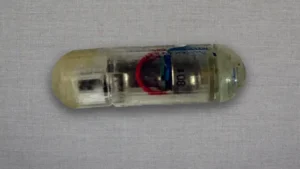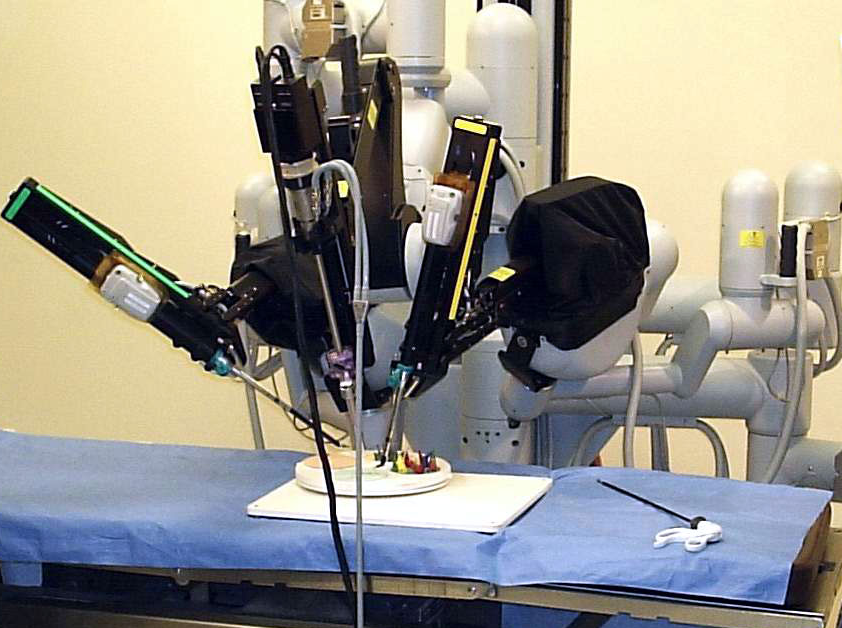

A person’s appetite is controlled by the brain, it gives a hunger signal that contracts an empty stomach. That is why the feeling of satiety comes a little later – first the stomach is filled and then the nutrients are absorbed into the blood. The stomach is a muscular organ and, of course, has the property to stretch when food enters it, explains nutritionist Albina Komisarova.
Specialists from Harvard University and Massachusetts Institute of Technology decided to “trick” the brain by creating a vibrating capsule measuring approximately 30 mm by 10 mm. They named it VIBES, an abbreviation derived from the full name of the pill – Vibrating Ingestible BioElectronic Stimulator.

Photo: MIT News / Shriya Srinivasan et al.
The vibrations activate stretch receptors in the stomach, simulating the presence of food. Signals are sent to the hypothalamus via the vagus nerve, increasing levels of various satiety-inducing hormones and decreasing those that cause hunger.
Studies conducted on pigs showed that they ate almost 40% less food after taking the capsule than without the device and gained weight more slowly. The maximum effect was reached after 30 minutes of the VIBES tablet.
“This approach offers an alternative and potentially synergistic approach to other treatments available today,” said Giovanni Traverso, an assistant professor at MIT and one of the study’s authors.
How the capsule works
“We hypothesize that the VIBES tablet should be taken on a relatively empty stomach, 20-30 minutes before an intended meal, to induce the desired feeling of satiety at the start of a meal,” the development team writes.
The vibrations provided by the battery in the capsule can be activated when stomach acid dissolves the membrane around the pill or on a timer.
The tablets are expected to cost in the range of a dime to one dollar when mass-produced.




